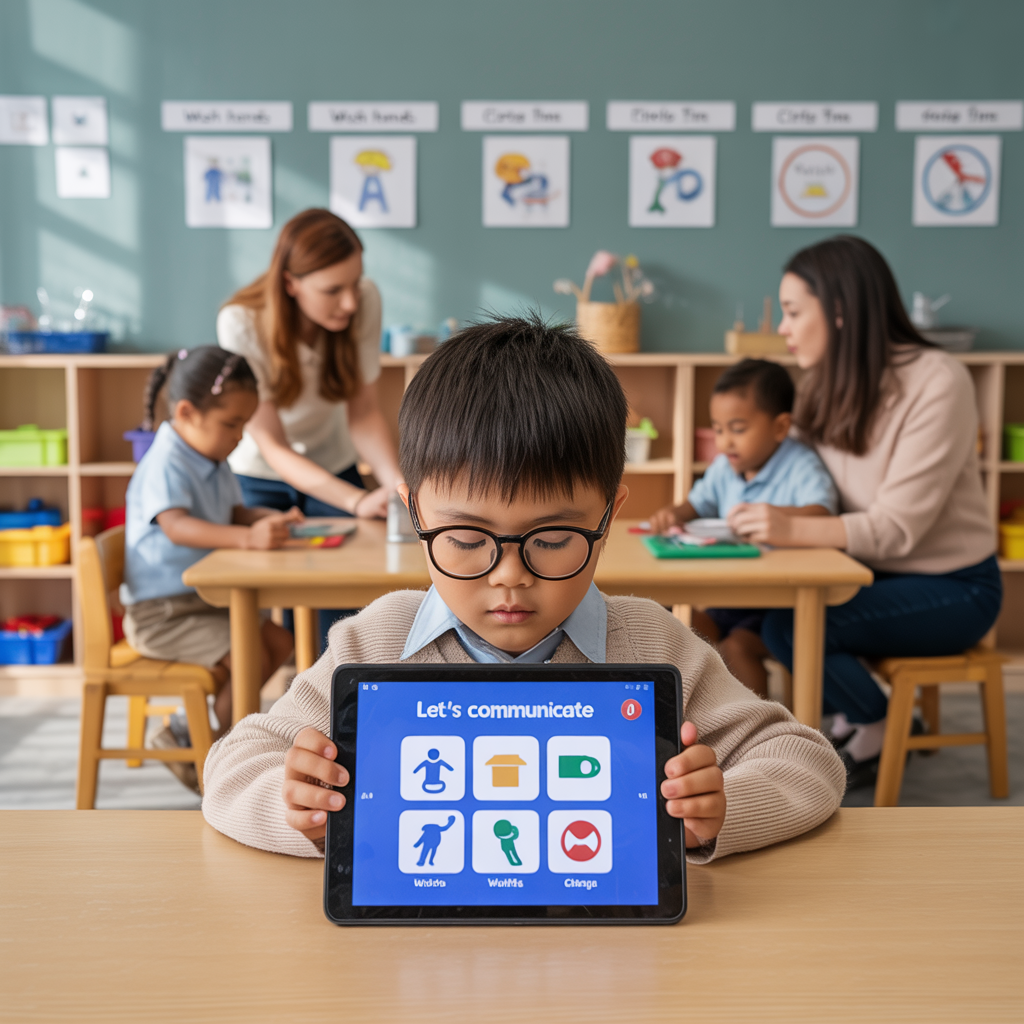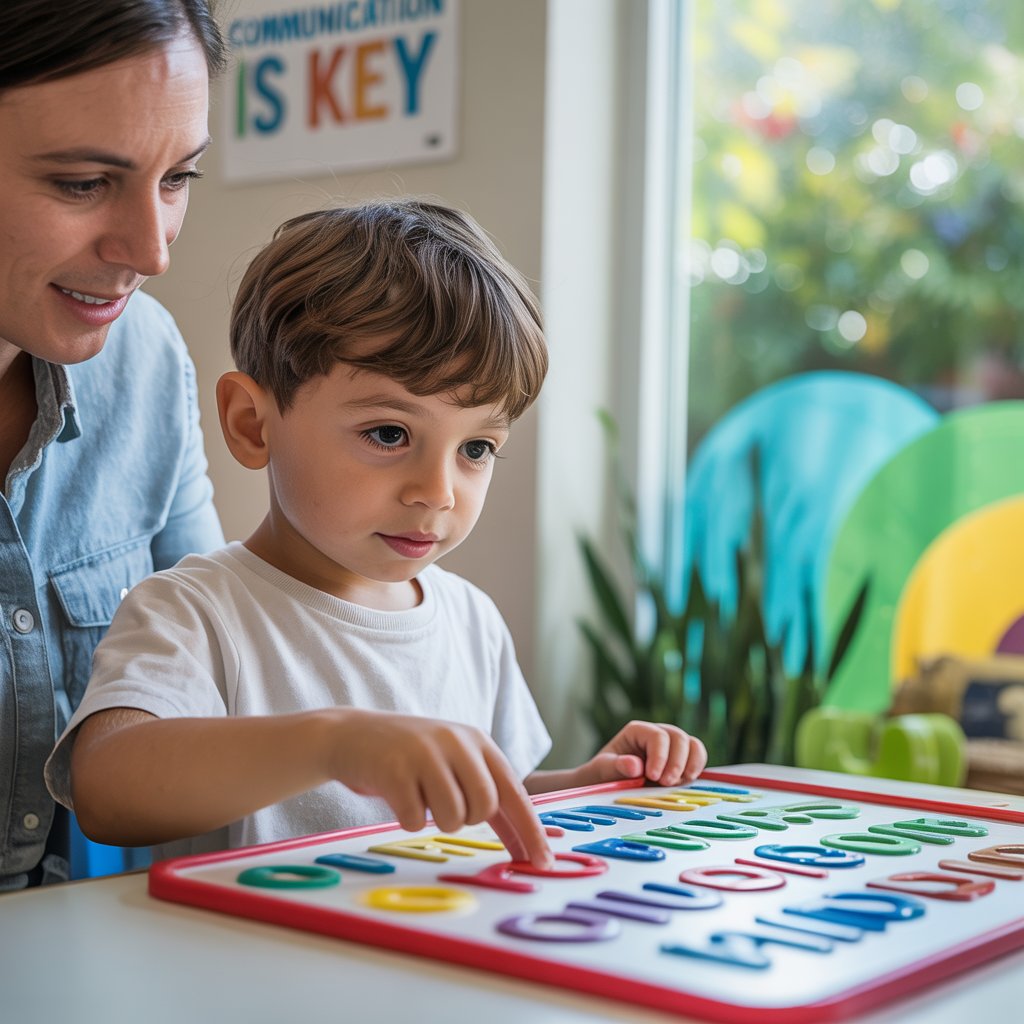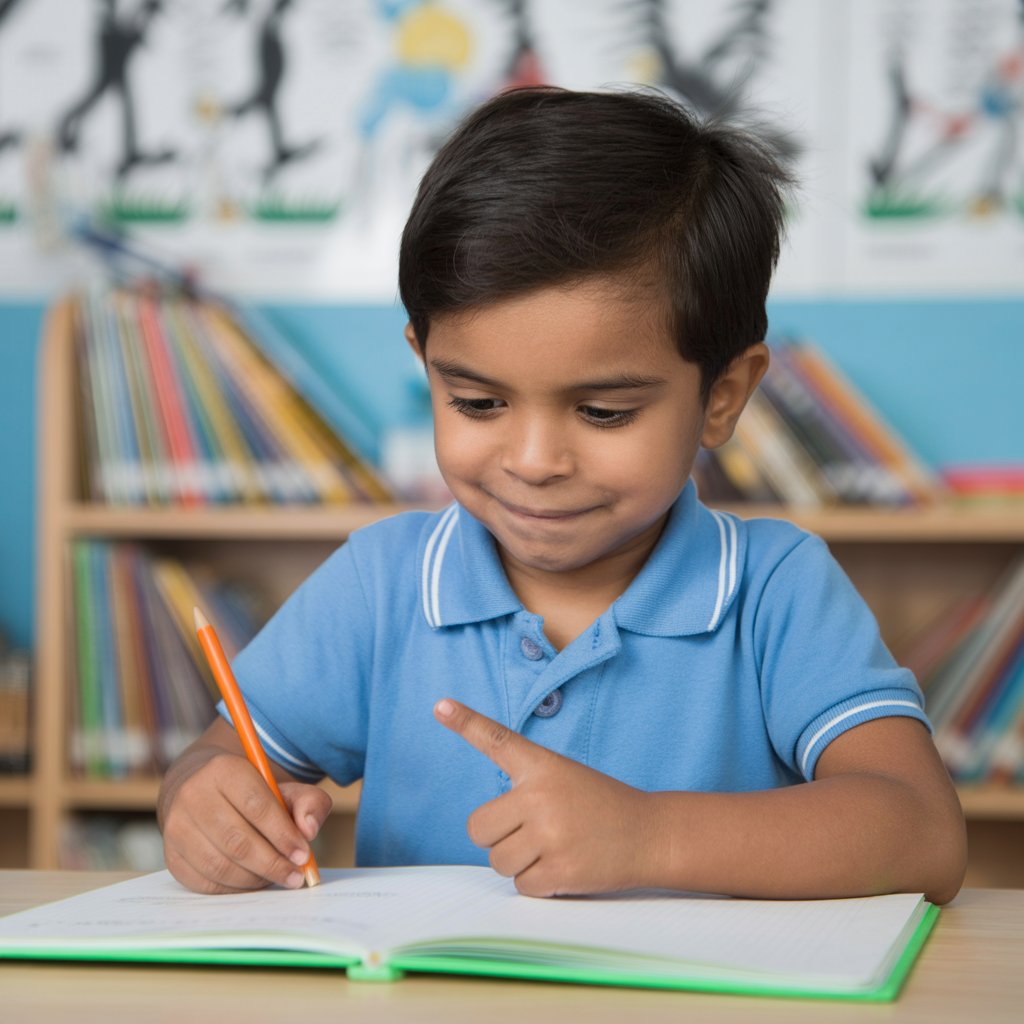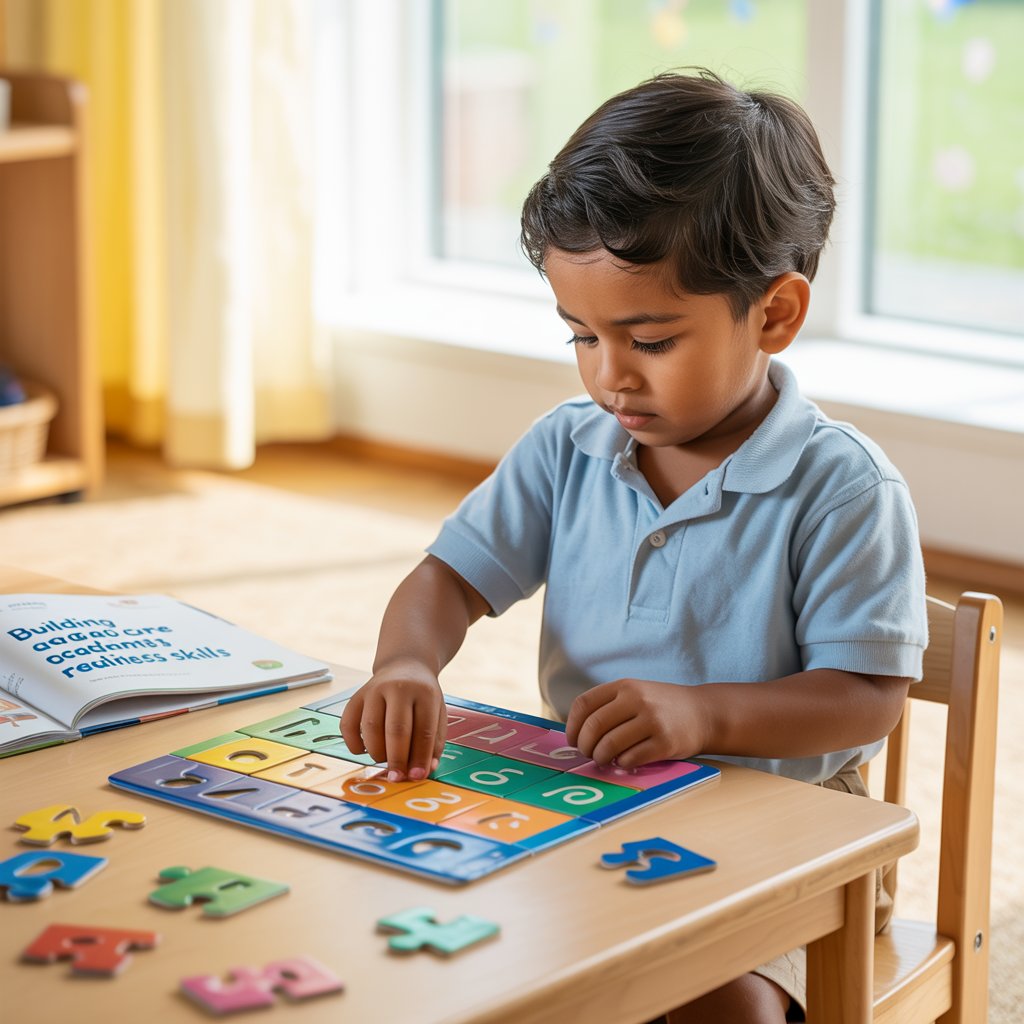Structured Teaching for Autism: A Guide to the TEACCH Approach

The TEACCH approach (Treatment and Education of Autistic and Communication Handicapped Children) stands out as one of the most effective educational frameworks for autism. Created at the University of North Carolina, it's built around the idea that people with autism understand the world differently and need visual supports and structured environments.
What makes TEACCH powerful is how it organizes both physical spaces and daily routines. The classroom gets divided into clear activity areas with visual boundaries. Materials are labeled with pictures and words. Daily schedules use visual cards so kids always know what's happening next.
I've seen amazing progress when teachers implement TEACCH principles correctly. Kids who once seemed lost in the classroom start to engage, complete tasks independently, and show fewer anxiety behaviors.
A typical TEACCH classroom includes:
- Clearly defined work areas
- Minimal visual distractions
- Step-by-step visual instructions
- Consistent routines
- Individual workstations
Social skills training programs
Social skills don't come naturally to many autistic children, but the right training makes a world of difference. The most successful programs don't just teach skills—they create opportunities to practice them in real situations.
Programs like PEERS (Program for the Education and Enrichment of Relational Skills) and Social Thinking have solid research backing them up. They break down complex social interactions into manageable chunks and provide concrete strategies instead of vague advice.
These programs work best when they're:
- Age-appropriate (social demands change dramatically from childhood to adolescence)
- Focused on skills the child actually needs and wants
- Practiced across different settings (school, home, community)
- Reinforced by peers, not just adults
The magic happens when kids start generalizing these skills—using them spontaneously in new situations without prompting.

Inclusive education models
The days of segregating autistic students are thankfully behind us. Research consistently shows that inclusive classrooms benefit both autistic students and their neurotypical peers when done right.
Successful inclusive models don't just place autistic kids in regular classrooms and hope for the best. They carefully balance support and independence while promoting genuine social connections.
The co-teaching approach pairs general and special education teachers in the same classroom. It's a game-changer because it allows for specialized instruction without singling out autistic students.
Peer-mediated strategies take inclusion even further by training neurotypical students to be supports and friends. This creates natural social opportunities that feel authentic rather than forced.
True inclusion isn't just about academic learning—it's about belonging. Schools that get this right see improvements in social skills, self-esteem, and even academic performance for autistic students.
Assistive technology for learning
Technology has revolutionized autism education. The right tech tools can bypass communication barriers, provide consistent visual supports, and help kids regulate their emotions.
Speech-generating devices and AAC (Augmentative and Alternative Communication) apps give nonverbal students a voice. Contrary to old concerns, these tools actually encourage verbal development rather than replacing it.
Visual support apps allow teachers to quickly create customized schedules, choice boards, and social stories—saving hours of laminating and Velcro-ing.
Educational tablets loaded with specialized apps offer:
- Multi-sensory learning experiences
- Predictable, non-judgmental feedback
- Built-in rewards and motivation
- Data collection to track progress
Smart classrooms with interactive whiteboards engage visual learners and allow for immediate visual demonstrations of concepts.
The best part? Many effective tech solutions are now affordable or even free, making them accessible to more families and schools.
Individualized Education Plans (IEPs)
An IEP isn't just paperwork—it's the roadmap for an autistic child's educational journey. The difference between a mediocre IEP and an excellent one can change a child's entire school experience.
Strong IEPs are built on thorough assessments that look beyond academics to communication, sensory needs, social skills, and executive functioning. They include specific, measurable goals that are challenging but achievable.
The most effective IEPs:
- Focus on strengths, not just deficits
- Include accommodations AND modifications when needed
- Address transition planning early (not just in high school)
- Get regularly updated based on progress data
Parents who understand their rights in the IEP process become powerful advocates. They know they can request evaluations, bring advocates to meetings, and challenge goals that aren't ambitious enough.
Remember that IEPs are legal documents, not suggestions. Schools are required to implement them fully, and parents have recourse if this doesn't happen.







